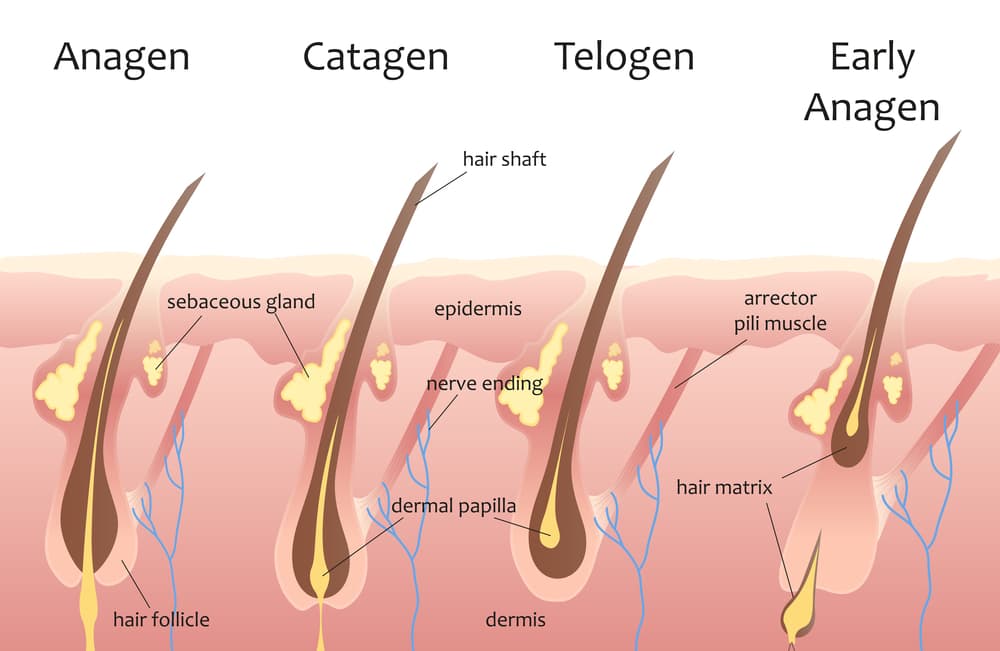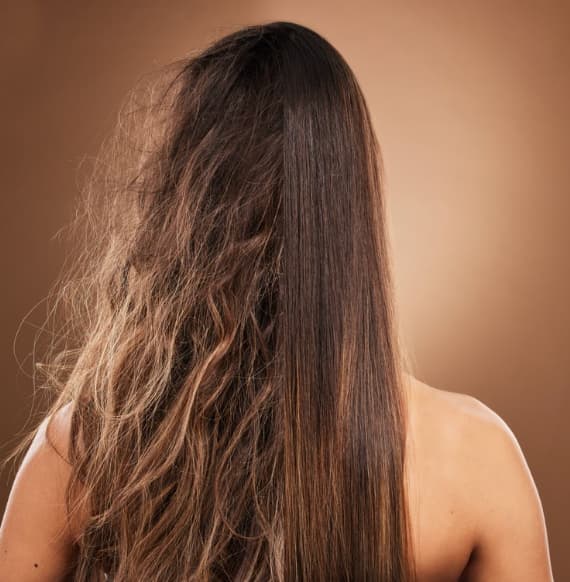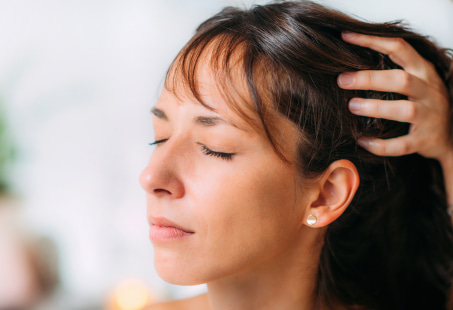Hair has a lifecycle, just like skin and most other natural things. It is known as the hair growth cycle. On average, head hair grows half an inch each month.
When you are in the growth stage, your hair can grow six inches in a year, but many people become frustrated when their hair does not grow at the rate they expect or desire.
It can happen because of changes in the hair growth cycle. Although, it is also normal to experience a period of shedding when your hair starts to fall out more rapidly. While many people panic when this occurs after a long growth period, it can be perfectly normal and not a sign of hair loss.
The process of hair growth must be understood before deciding on a Turkey hair transplant treatment, as it will help you distinguish between natural shedding and dramatic hair loss.
What Is The Hair Growth Cycle?
According to the International Society of Hair Restoration Surgery (ISHRS), “hair grows in a continuous cyclic pattern of growth and rest.” This is known as the growth cycle. Mainly, it is thought to consist of 4 stages, which are as follows:
- Anagen – Growth Phase
- Catagen – Regression Phase
- Telogen – Resting Phase
- Exogen – Shedding Phase
- Kenogen – Lag Phase

It is important to note that each stage of the growth cycle has a different lifespan, directly related to how much the hair grows.
A number of factors can influence it, including hormonal changes, nutritional changes, illness, environmental changes, and ageing. Additionally, the hair growth cycle varies from one part of the body to another.
What Are The Different Stages of the Growth Cycle of Hair?
The following are the different stages of the growth cycle.
Stage 1 – Anagen
Anagen is the active growth phase which lasts anywhere between 2-8 years. Approximately 85-90% of all hair is in this stage at any given time. Cells are rapidly dividing in the dermal papillae (at the bottom of the hair follicle) and the bulb that surrounds it.

It is during this stage that the shaft of the hair develops and starts to push out. Hair also gets its characteristic colour only during the anagen phase because that’s when melanin production takes place.
Some people have longer hair (not just on the scalp, but other areas of the body as well) than others because their anagen phase is longer.
Here, it should be noted that the cells in the anagen phase are among the fastest-dividing cells. This is the reason why they get targeted during cancer treatments.
Both chemotherapy and radiation therapy cannot differentiate between the rapidly dividing cancer cells and normal cells in the body. Because of this reason, cancer patients who are undergoing treatment end up losing their hair, usually temporarily.
Stage 2 – Catagen
Following the anagen phase is the catagen phase, which is also known as the transition stage of the hair growth cycle. During this phase, there is no more cell division or the production of the pigment melanin.

In addition, the bulb of the hair starts to shrink and move towards the surface. It is also during this phase that the club hair is formed.
At any given time, only 1% of the hair is present in this stage, and it lasts for 2-4 weeks. It is this transitional phase that exists between the growing and the upcoming resting phase.
Stage 3 – Telogen
Lasting from anywhere between 2-4 months is the telogen or resting phase. At any given time, 6-8% of the hair is in this phase (resulting in the loss of 50-100 strands of hair/day, normally).
Certain changes in the body may tip the balance, causing more hair to enter the telogen phase rather than stay in the anagen phase. This results in a kind of shedding that’s known as telogen effluvium.

Keep in mind that no hair growth takes place during this stage. The size of the follicle diminishes by half, but the hair is still loosely attached to it. The formation of the club hair is completed during this phase.
Stage 4 – Exogen
It is during this stage that the proceedings of the shedding of the hair begin and are executed.
While it is thought of as an extension of the telogen phase, the phase has different workings even the root of the hair in this stage is different from the one that’s in the telogen phase. It is still not exactly understood how the shedding takes place, though.

Stage 5 – Kenogen
It is not normally talked about in the hair growth cycle and is considered relatively “new.” It is the stage in which a hair follicle sits empty. It is thought to occur between the beginning of the new anagen phase and the telogen phase.
However, more interestingly, it has been noted that the duration of the stage is longer in males and females who have androgenetic alopecia (AGA). In addition, these empty follicles are greater in number in those with AGA. Although, these can also be found in normal, healthy skin.
How To Increase Hair Growth Cycle?
Unfortunately, it is not possible to increase the hair growth cycle because the length of the anagen phase is determined genetically. If people in your family have long hair, you’re also likely to have long hair.
Also, as mentioned above, the hair on different parts of the body has a different duration of the anagen phase. It is shorter than the scalp hair because none can grow to its length. That is also one of the problems with body hair transplants and one reason why Longevita doesn’t perform them.
Also, keep in mind that there are different factors that can affect the duration of the anagen phase of the hair growth cycle. When the hair loss is abnormal, you can lose as many as 500 hair strands per day, depending on the type of hair loss. The following things can disrupt the normal hair growth cycle:
- Illness (lupus, HIV)
- Stress
- Hormonal changes (pregnancy, menopause)
- Nutritional deficiencies (iron, vitamins)
- Skin conditions (inflammation)
- Medication (birth control, statins, steroids)
- Treatments (chemotherapy and radiotherapy)
- Physical trauma (burns, accidents, injuries)
Sometimes, it is unavoidable. However, at other times, you can try to make sure that you’re taking good care of your hair so that the growth continues to take place normally.
How Is The Hair Growth Cycle Affected In Androgenetic Alopecia?
Your sex hormones play an important role in the growth of hair. However, it affects the different areas of the body differently. It can help in the growth of facial hair, but the same hormones can inhibit growth on the scalp. The hair growth cycle is affected by the hormones that cause androgenetic alopecia.
What happens is the follicle starts to miniaturise. The duration of the anagen phase of hair growth continues to decrease while that of the telogen phase increases. This results in the growth of shorter and shorter hair until eventually, no hair growth takes place.

Not all hairs on the scalp experience these changes in the hair growth cycle. That’s because of the presence of androgen receptors which are more sensitive to the presence of these hormones (DHT, a byproduct of testosterone).
What Are The Best Ways To Maintain A Healthy Hair Growth Cycle?
There are different things that you can do to make sure that your hair keeps growing normally and healthily. On your end, you should do the following:
- Eat health: It’s important to have a wholesome diet that contains proteins, minerals and vitamins. All of these are necessary for the growth and development of your hair and body.
- Manage stress: Stress can push the hair into the telogen phase of growth, where you lose it after 3-4 months. If stress is the cause of your hair loss, it’s important that you look into different stress management techniques, such as yoga, deep breathing, meditation, aromatherapy, art therapy, music therapy, etc.
- Take care of your hair: That means keeping it clean while being gentle. Choosing the right conditioner and shampoo depending on your hair type is important. In addition, you shouldn’t tie your hair too tightly or wash it with scalding hot water. Avoid excessive styling and too many hair products.
The women in the “Long Hair Village” in China say that they’re able to grow their hair to such lengths because of rice water. There’s no scientific evidence confirming that it increases the duration of the anagen phase of the hair growth cycle, but you can consider giving it a shot.
Concluding Remarks
Your hair growth cycle is natural and genetically predetermined. Each stage has a different duration, and it varies depending on the location of the hair on the body.
Normally, you shouldn’t shed more than 100 hairs per day, but if something’s not right, you can expect abnormal hair loss to occur. The hair can prematurely jump from one stage of the cycle to another, cutting its growth short.
Keep in mind that there’s no way to increase the duration of the anagen phase. However, you can do a few things to make sure that it doesn’t get derailed.
Sometimes you can prevent it, but it is not always possible. If you’re experiencing extensive hair loss, you should get in touch with your dermatologist.
Reviewed and Approved by Trichologist Yaprak Yazan


